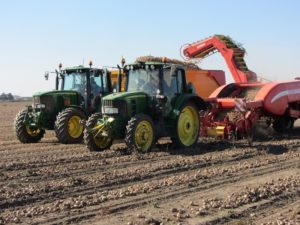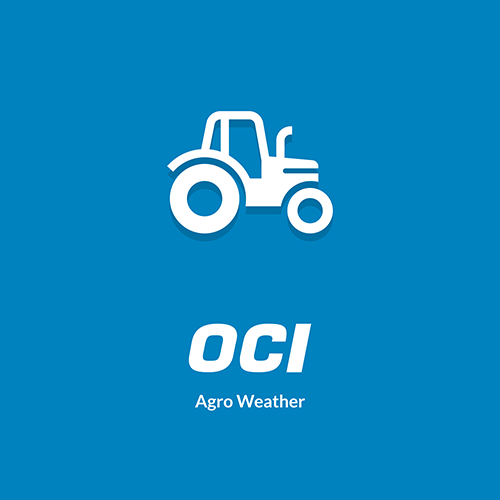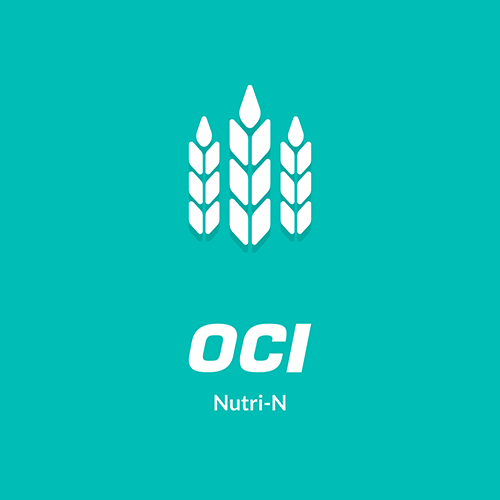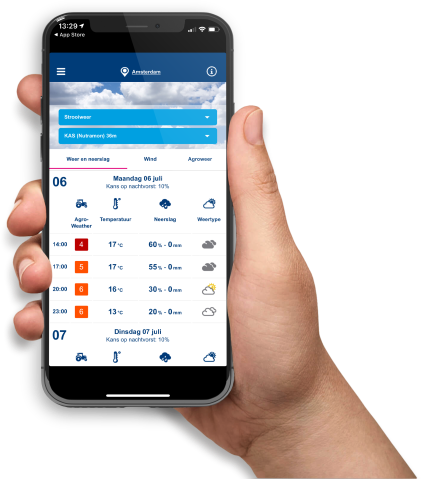Home > Soil > What does soil deliver? > Nutrient delivery
Nutrient delivery
Organic matter releases nutrients such as nitrogen and phosphate as it decomposes. Nitrogen mineralisation is of great importance to agricultural businesses. It is therefore essential to be able to make an accurate estimate of the expected nitrogen mineralisation on a particular plot. This nitrogen mineralisation depends on the soil’s organic matter content, fertilisation history and previous crop.

It is known, for instance, that a lot of nitrogen can be released through N mineralisation, especially after grassland has been ploughed up. The farmer must bear this in mind when applying N fertiliser to the subsequent crop.
The decomposition of organic matter by soil life releases nutrients that the crop can easily absorb. Organic matter therefore makes a significant contribution to nutrient delivery (for grassland, see also information on NDC). Organic matter also contributes to plant nutrient retention as humus particles form a complex with clay (CEC).
The NDICEA calculation tool allows you to calculate the soil’s delivery capacity for your farm and rotation, taking into account your soil type, cropping plan and fertilisation history (www.NDICEA.nl).


